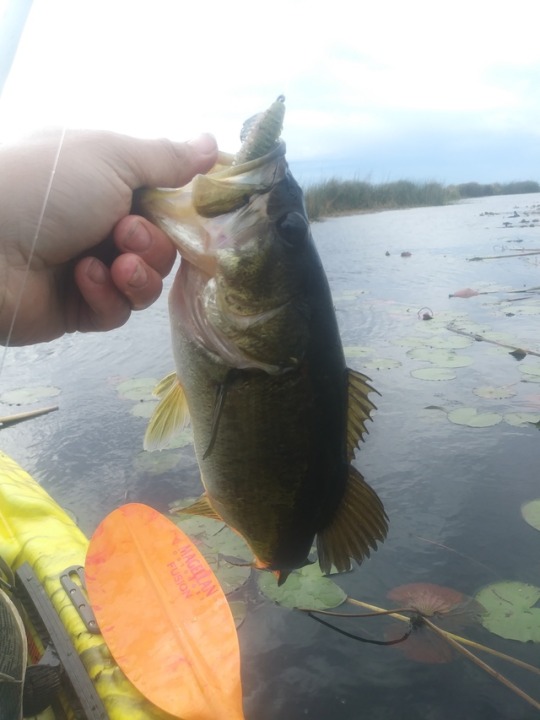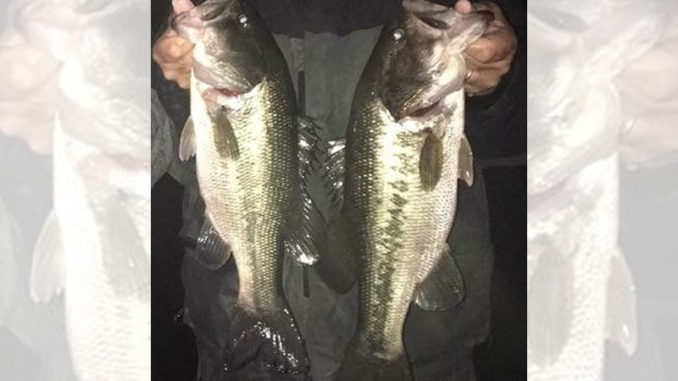

Just the same, blue is black or dark grey.One of our BASS members, Rod Lugg, shares some of his experience, top-tips and thoughts on ….įishing for bass with Senkos in the dark:Įase into your environment – In terms of fishing in the dark in general, I do as much if not more as in daylight, I think this as a starting point cannot be underestimated, you need to be comfortable at night – I wouldn’t laugh at people who are afraid of what’s not there, but I’d assume it doesn’t help your fishing if you are jittery.

And a number of articles I’ve read point out that chartreuse is white to bass in any visible light. Keep in mind, also, that red isn’t visible in darkness. Since one is for red, the other for green, the admixtures of colors visible is limited compared to human eyes with three cones: red, green, and blue.

Research does concur that because bass eyes have both cones and rods, they see colors, but by the use of only two cones. The summer smorgasbord filling out the bass diet comes in an array of color, and cooler months mean plenty of variety, too, but I used to not pay much attention to the colors of my lures, basically offering dark lures on dark days, and vice versa. So which would you prefer if your metabolism raced and you needed to conserve calories? An easy morsel, or something to chase down, burning those calories? All the more reason for a bass to eat as many forage fish as it can, but only when advantaged. But during the day, bass see forage on the move from their ambush points in relative darkness. Ryan observes that a plug needs to be moved little to tempt a strike, since bass expect prey to stay still. It’s the ideal time for topwater plugging. Bass cruise near bottom looking up, then rush upwards to a target. According to Ryan, as a survival mechanism they disperse and freeze as light gets low. From such shady vantages, bass see forage fish far better than the forage can see them.Ī difference does exist, however, between forage behavior during the middle of the day and when darkness falls. The productiveness is due to relative ease bass exercise while picking off easy tidbits like leeches, nematodes, and a whole host of summer insects, though they will eat forage fish by ambushing them from the cover of weeds, rocks, woody structures, and from depth.

I’ve often written about the effectiveness of unweighted plastic worms even during the middle of hot summer afternoons. To catch them, consider what they feed on and how. Keep in mind, though, that bass do feed all day during summer. As a student at Hampshire during 1985, I once fished with Ryan, finding him actively curious and acutely observant.īy what he’s gathered, broad daylight means forage fish can see bass better than bass can see them, but in dim light the situation reverses. Will Ryan, a writing instructor at Hampshire College who is associated with Gray’s Sporting Journal and privy to inquiry, writes best about this edge bass have over forage. Plenty of research on bass caters to widespread interest in them. Think instead of the sight advantage bass have over prey when light gets low. The water doesn’t get any warmer then.ĭon’t bother much about temperature, unless it’s uncomfortable for you. Many anglers score on topwaters with temperatures hovering in the 90s, and some of us notice dim light at day’s end while ice fishing is best. Productive fishing for largemouth and smallmouth bass during the magic hour is less about temperature than diminished light. Over a broad lake surface, the sky can offer you a light show before darkness falls.


 0 kommentar(er)
0 kommentar(er)
